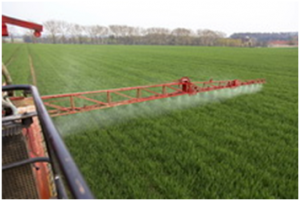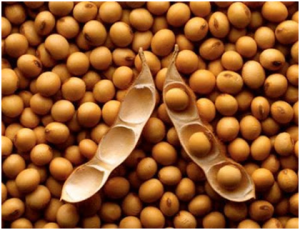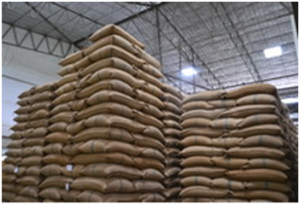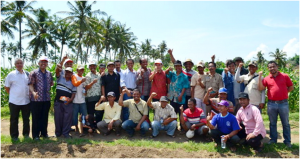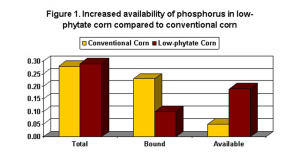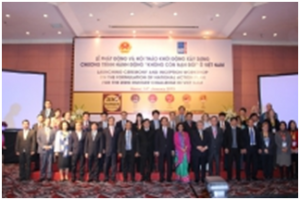|
.jpg)
The challenges of feeding a growing world population while making agriculture stayed high on the international agenda in 2014.
Family farming and nutrition in the spotlight
2014 was the International Year of Family Farming, and throughout the year FAO worked with our partners to keep the spotlight pinned on this critical player in the global food, nutrition and agriculture arena.
According to the 2014 edition of our annual State of Food and Agriculture report - which focused on the needs of family farmers -- nine out of ten of the world's 570 million farms are managed by families, and produce about 80 percent of our food.
FAO spent the year advocating for policies crafted to help them unlock their true potential. As the year winds down and we move forward, we will continue to work to galvanize concrete action in support of family farmers beyond 2014.
2014 also saw FAO rally global attention to the too-frequently-neglected issues of malnutrition and micronutrient deficiencies and obesity.
Some 2 billion people - 30 percent of the planet's population -- suffer from micronutrient deficiencies or other effects of inadequate diet. Meanwhile, many poorer countries now labor under a "double burden" of obesity combined with hunger and poor nutrition.
To help get the global nutrition agenda back on track, FAO partnered with WHO to convene the first major global event on such issues in 20 years, the 2nd International Conference on Nutrition, which took place in Rome in late November.
At ICN2, Pope Francis urged world leaders to do more, and the event culminated with the adaptation by universal acclaim of a sweeping political commitment to do just that -- "The Rome Declaration on Nutrition"-- by 172 governments as well as a supporting framework for concrete action.
FAO is determined to take this new global momentum on nutrition forward into 2015 and beyond.
Progress in the hunger fight
2014 also saw the world make strides towards a future with zero hunger.
The year started off with African heads of state making a historic commitment to end chronic hunger on their continent by 2025.
Latin America also had its sights set on hunger eradication. In May governments from the region came together to review progress and bring to a successful conclusion their collective effort to wipe out hunger.
The region is close to its goal: FAO's annual regional analysis, published December 10, found that as a whole, Latin America and the Caribbean has reduced hunger from 15.3 percent of its total population in 1990-91 to 6.1 percent in 2012-14. Fourteen countries have met the hunger target of the Millennium Development Goals (MDGs) before the 2015 deadline, while four others have nearly achieved it.
Elsewhere, progress is being made as well. During 2014, FAO gave kudos to China, Ethiopia, Gabon, the Gambia, Iran, Kiribati, Malaysia, Mauritania, Mauritius, Mexico, Morocco, and the Philippines for reaching the MDG-1 hunger target, while Brazil, Chile Cameroon and Uruguay were recognized for having attained the more ambitious WFS target of halving the number of hungry by 2015 (more).
Our annual State of Food Insecurity in the World report - released in October -- confirmed a positive trend in hunger reduction, which has seen the number of hungry people decline globally by more than 100 million over the last decade and by 209 million since 1990-92.
Still, the report noted that 805 people remained chronically undernourished in 2014 and much remains to be done.
|
[ Other News ]___________________________________________________
|


 Curently online :
Curently online :
 Total visitors :
Total visitors :
.jpg)



